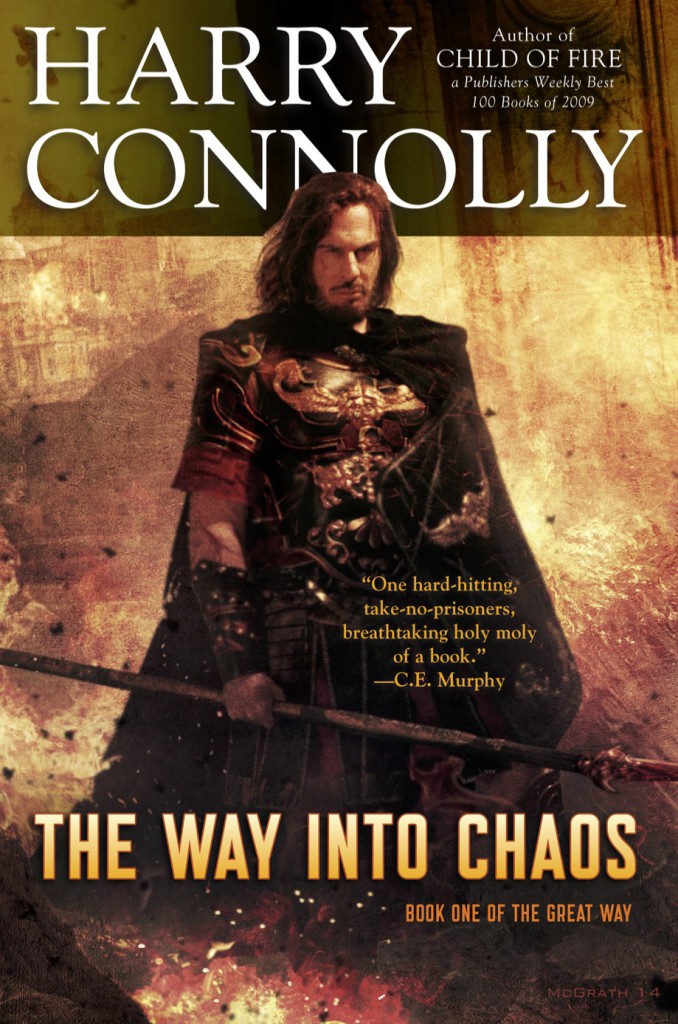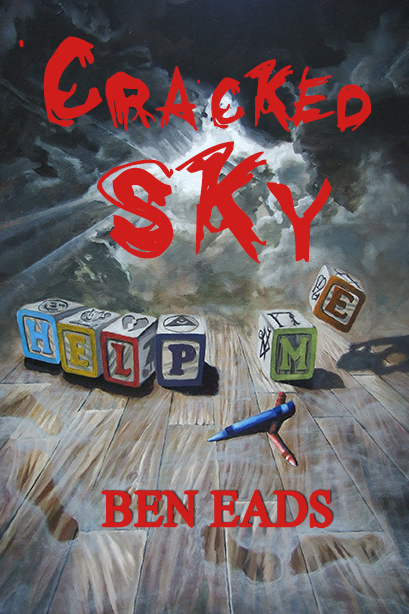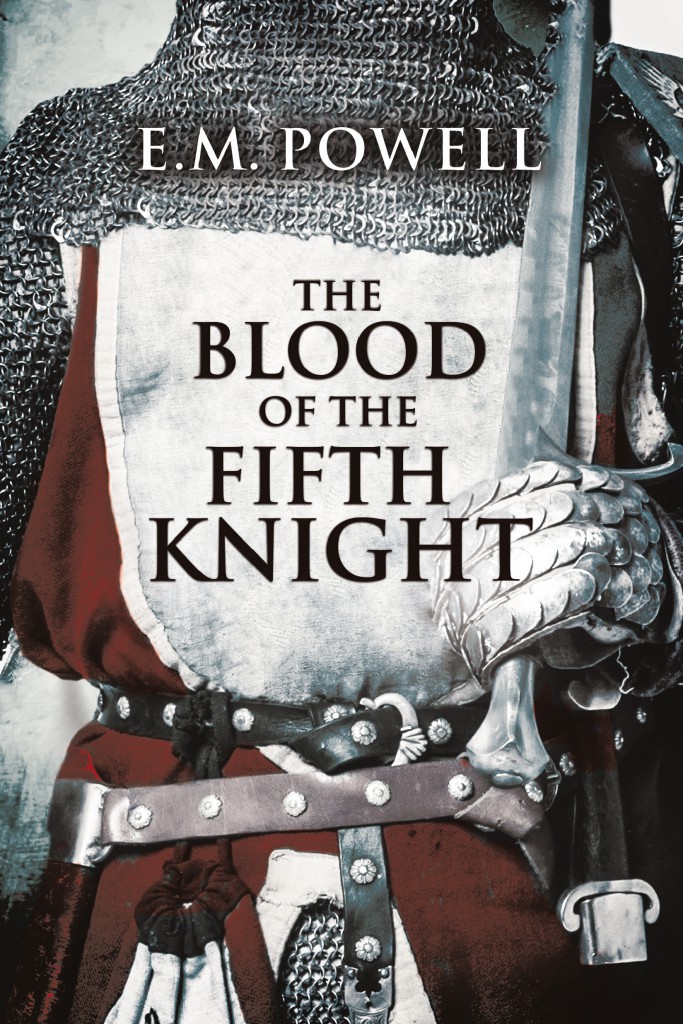Welcome to this week’s installment of The Scariest Part, a recurring feature in which authors, comic book writers, filmmakers, and game creators tell us what scares them in their latest works of horror, dark fantasy, dark science fiction, and suspense. (If you’d like to be featured on The Scariest Part, please review the guidelines here.)
My guest is Harry Connolly. I was a big fan of his Twenty Palaces series and was very excited to hear he’d published a new trilogy called The Great Way. Here is the description of the first volume in the trilogy, The Way Into Chaos:
The city of Peradain is the heart of an empire built with steel, spears, and a monopoly on magic…until, in a single day, it falls, overthrown by a swarm of supernatural creatures of incredible power and ferocity. Neither soldier nor spell caster can stand against them.
The empire’s armies are crushed, its people scattered, its king and queen killed. Freed for the first time in generations, city-states scramble to seize neighboring territories and capture imperial spell casters. But as the creatures spread across the land, these formerly conquered peoples discover they are not prepared to face the enemy that destroyed an empire.
Can the last Peradaini prince, pursued by the beasts that killed his parents, cross battle-torn lands to retrieve a spell that might — just might — turn the battle against this new enemy?
And now, let’s hear what the scariest part was for Harry Connolly:
It would have been pretty simple to write a “Scariest Part” for one of the books in my previous series, Twenty Palaces. Those books were designed to loiter at the horror end of the urban fantasy genre, and each one had scenes that were meant to raise goosebumps.
But my new series is not so straight-forward.
Not that horror elements don’t belong in an epic fantasy. They absolutely do. I’m a hundred-percent pro Ringwraith. But scariness and (especially) horror rely on a wild imbalance of power between the source of the danger and the point of view character. The more agency the POV character has, the further a story or a scene will edge away from horror and toward fantasy or thriller. And some epic fantasy characters are lousy with agency.
Come to think of it, a horror/epic fantasy would be a fun thing to write…
Anyway, this is about the scariest part of my trilogy called The Great Way, and the part I want to highlight comes from the first book in the chapter that (and I don’t think I’ve said this online before) I’ve jokingly referred to as “Die Hard in a Fortress.”
The setup for the story (and the segment) is straightforward: the main character is Cazia, a young student of magic who has fled the capital city with her friends after it was invaded by monsters. They’ve taken refuge in a fortress on the frontier many miles away, but one of creatures appeared within the walls and attacked a whole bunch of people, including the king.
Cazia slew it with a spell, but no one is sure what these creatures are or where they came from. Also, the main character can not find her older brother, who was injured when they fled the invasion.
However, the reader is in a superior position to Cazia: they know the invading creatures carry (spoiler!) a curse that they spread by biting. The king has already begun to transform, and the creature Cazia slew was, in fact, her own brother.
So while she is outside the fort, still searching for him, alarms sound. Enemies are inside the walls. By the time her magic can get her back inside, the place appears deserted. No guards on watch. No staff in the kitchens. There’s no sign of Cazia’s friends, the only people she has left in the world. Nothing.
She quickly discovers that there are creatures inside the fort, and that these things — that seem so much like animals — have confined everyone, including her friends, inside a single building. Like hostages.
It’s this long chapter (the longest in the whole trilogy) that I’d call scariest, in part because it’s one of the few sections to make use of a reader-superior position, and in part because the reader knows that Cazia is going to risk herself — and the few allies she can find — to try to rescue the people who mean everything to hear. People the reader knows are already lost.
You can find out more about that first book here, or you can read the sample chapters I’ve posted on my blog.
Harry Connolly: Website / Facebook / Twitter / Google+
The Way Into Chaos: Amazon / Barnes & Noble / Powell’s / IndieBound
The Way Into Magic: Amazon / Barnes & Noble / Powell’s / IndieBound
The Way Into Darkness: Amazon / Barnes & Noble / Powell’s / Indiebound
Harry Connolly’s debut novel, Child of Fire, was named to Publishers Weekly’s Best 100 Novels of 2009. For his epic fantasy series The Great Way, he turned to Kickstarter; at the time this was written, it’s the ninth-most-funded Fiction campaign ever. Book one of The Great Way, The Way Into Chaos, was published in December, 2014. Book two, The Way Into Magic, was published in January, 2015. The third and final book, The Way Into Darkness, was released on February 3rd, 2015. Harry lives in Seattle with his beloved wife, beloved son, and beloved library system.

![Pageflex Persona [document: PRS0000037_00020]](https://www.nicholaskaufmann.com/wp-content/uploads/2015/01/Lost-Level-cover-658x1024.jpg)



